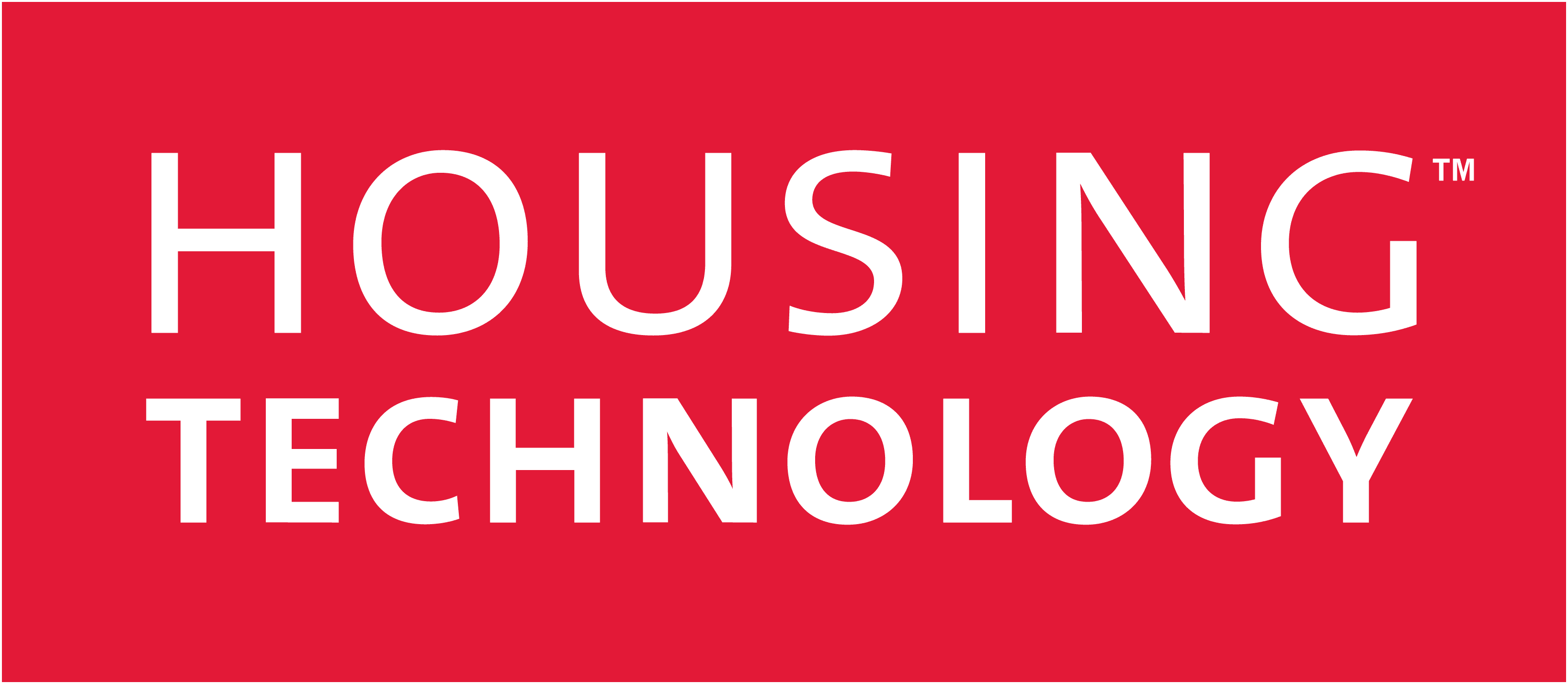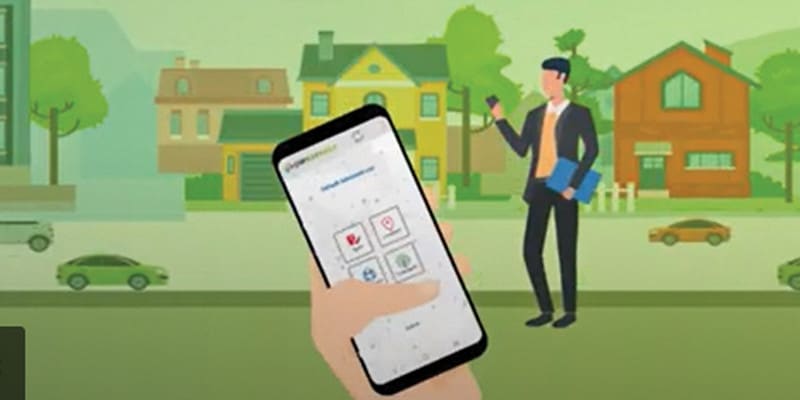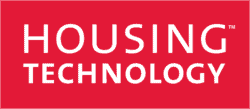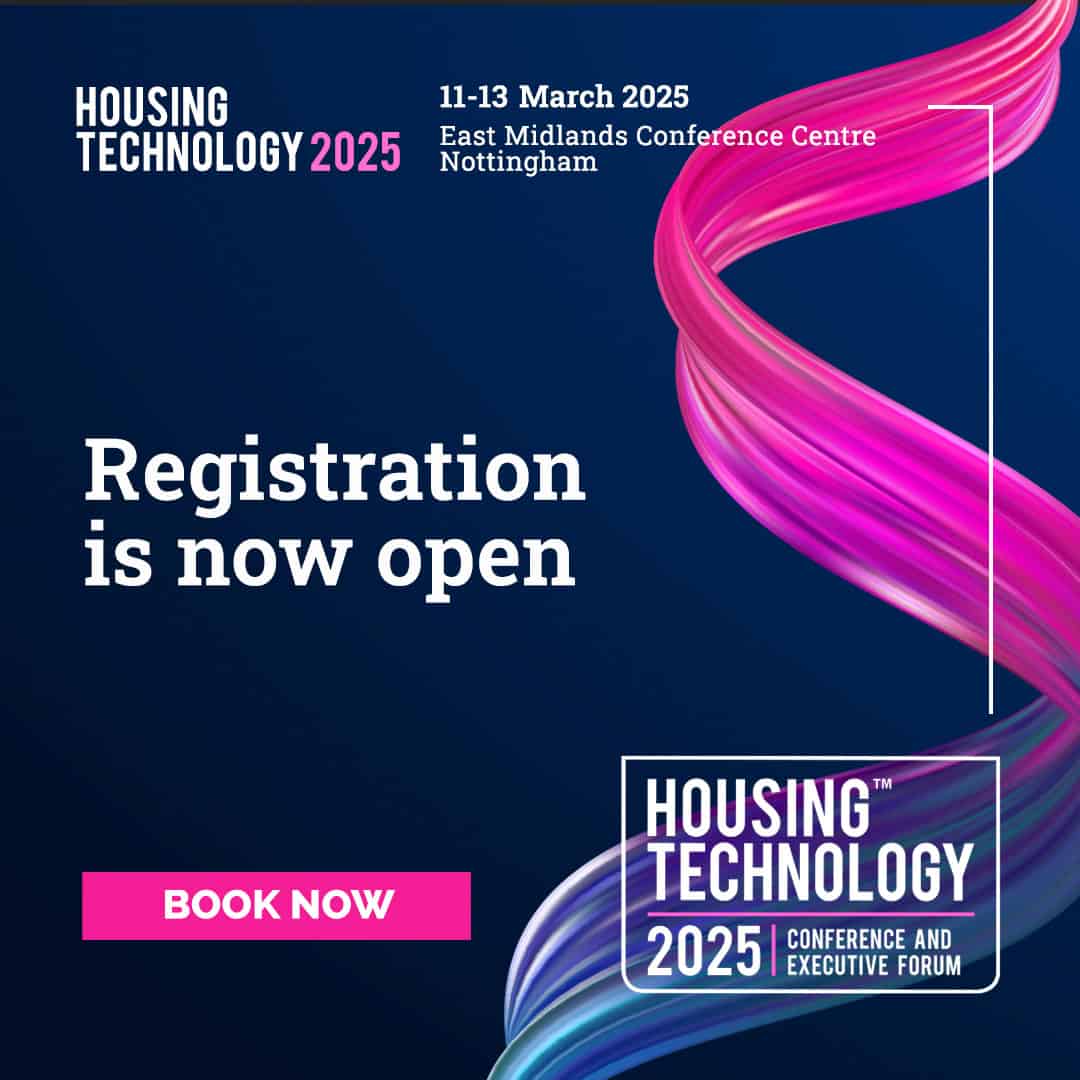The housing sector has gone through big changes over the past few years, with new terminologies such as customer first, digital inclusion, mobile working and cloud services coming to the fore and now being discussed at board level.
In line with those developments, many housing providers have moved away from their ‘traditional’ IT providers, looking for new functionalities in line with emerging technology developments. For their part, the IT providers countered this by moving their legacy databases into the cloud and offering web-based interfaces to surface the data, although their core functionality remained the same.
Looking at how Housing Insight’s offerings have grown over the years, they have mirrored the digital changes in our sector. The decisions made by our company and the thought processes that have gone into our products have all been based on this changing environment.
Doing things differently
Although Housing Insight’s team had a long history of housing software development, particularly around HMS integration, we realised from the outset that we would need to do things differently. IT was moving on from simple on-premise software on a server or desktop PC to being sold as a service in the cloud. As a consequence, we needed to develop integration tools that could connect systems in different locations (both geographically and on-premise or cloud) in a secure and efficient way.
Traditional HMS providers had built up good knowledge over the years regarding core housing functions such as finance but they had struggled to offer extensive solutions that added value to those core functions. We didn’t want to re-invent the wheel; instead, we focused on adding value to housing providers’ existing core systems.
The move to mobile
Housing providers were trying to encourage their staff to become more mobile and get them out of the office in order to meet their tenants more frequently; the term ‘customer first’ was now being used widely across our sector. Mobile phones, tablets and laptops with SIM cards were being given to housing staff and they wanted to use these portable devices to do their work, hence the concept of a mobile working platform for staff was created.
To address this, most of the housing software suppliers went down the route of creating web-based software that people could access in the field. However, the problem with these solutions was that you needed a mobile network signal to access them. This meant that when a housing officer was sitting with a tenant and needed to look something up or update back-office systems, if there was no mobile signal (such as in basement flats or the Welsh valleys), they couldn’t do their work.
Adding the integration layer
A system was therefore needed that would let housing staff continue with their work irrespective of network coverage. A system that could be used when staff visited tenants that would give them access to all the data sitting in their various back-office systems (even when no signal was available) as well as be used in the office, at home or wherever there was a decent internet connection. This type of system would allow our housing customers to still opt for best-of-breed business applications (from traditional housing IT suppliers, for example) and then place an integration layer above these systems, as well as let them swap out any of their back-office systems with minimal impact on front-line staff.
The best way to way to achieve this was via a platform-neutral app (i.e. Android, iOS and Windows) that could extract data from multiple systems and then hold that data securely on the device so it could still offer full functionality without an internet signal or mobile coverage and send back any changes once a signal was detected. And with a forms designer allowing housing providers to create their own digital forms within the app to collect additional bespoke data, a true mobile working system started to evolve.
We knew that most housing providers worked in similar ways; we could therefore standardise some of the more complex forms so that they were broadly applicable to all housing customers, along with standard connectors to the most common back-office housing systems in order to collect and write-back data.
With their staff out in the field, housing providers wanted standardised processes for a range of common tasks and jobs, based on information being updated in their core systems. We combined these standardised processes with workflows to ensure that the correct data was collected and updated at each stage of the process. In addition, a daily ‘in tray’ that housing staff could access and work through based on their GPS location became essential.
Doing it yourself
As digital technology was moving forward across all sectors, consumers around the world were finding that institutions such as banks were offering self-service websites, giving them access to their own data and key documents. As self-service apps and portals gained in popularity and ease of use, housing providers’ tenants wanted similar services from their landlords.
Some housing providers built their own solution for their tenants on top of their websites, but this took time and tied them into maintaining the solutions themselves. They also didn’t benefit from the best-of-breed approach adopted by other housing providers.
Housing Insight’s first customers for this type of solution were based in Wales and needed their tenant-facing offerings to be able to support multiple languages from the outset. We developed a product that could handle all languages, based on the person signing into the system and not the system into which they were signing. Our solution came to be known as a customer self-service portal because the solution offered tenants extensive functionality without the need for any staff intervention.
Apps & omnichannel access
In this new digital age, housing providers found that many of their customers had smartphones, and therefore wanted downloadable housing apps. They also wanted a choice of channel (app, website, phone, etc), with a choice of languages, all with a common user experience and the same functionality across the channels.
Most IT suppliers tend to look at consumer access as a by-product and haven’t really delivered a good solution with extensive functionality. Most offer a simple website with very basic functionality and no downloadable app, or if they do have an app it behaves differently to the website.
In contrast, Housing Insight’s app can be downloaded direct from the app stores by a housing provider’s tenants, pre-branded with the housing provider’s colours and logos, ensuring that what the tenant sees on the app is the same as the website (including any language options).
Seamless information flows
With our two core products, Staff App and Self-Service App & Portal, we were able to connect the workflows to produce a single combined workflow that could start within either product (i.e. when a tenant does something on their side of the system, it triggers alerts on the staff-side automatically, and vice versa). In fact, all of the products in our PanConnect suite interact with each other as a single, seamless entity from the perspective of the end-users (staff or tenants). This aspect of the system has given us the ability to offer greater functionality and bring staff and tenants even closer together.
As ever, Housing Insight wants to offer services that enhance housing providers’ traditional back-office systems rather than replace them.
We’ve worked closely with our customers to develop standard functionalities that add value to their core business functions (such as applications, voids, lettings, arrears, estates and neighbourhoods, repairs, care and support, end of tenancy and third-party management) and we continue to strengthen our products based on emerging technologies and our customers’ evolving requirements.
Nas Hayat is the CEO of Housing Insight.



